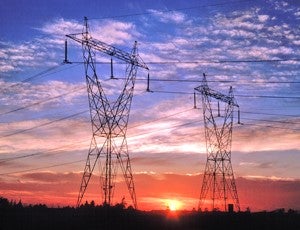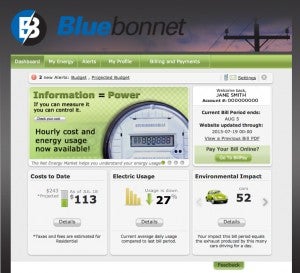The Wall Street Journal recently reported that electricity prices in West Texas skyrocketed over 20% this year. West Texas is home to the Permian basin, one of the world’s largest oilfields, and energy producers use hydraulic fracturing, or “fracking,” here to unlock vast new oil and gas supplies. The increased drilling, oil refining and natural gas processing uses large amounts of electricity.
Cheaper electricity supplies are available, but cannot be delivered to West Texas due to transmission bottlenecks, or “congestion.” The only power that can be delivered is from older coal plants. This leads to transmission “congestion” charges (i.e., higher energy supply costs caused by the transmission bottlenecks), which commercial and industrial consumers must pay as a surcharge on their monthly electricity bills. Using these older coal plants leads to more pollution as well because these plants burn fuel less efficiently and have higher levels of toxic air emissions.
The typical solution is to build new transmission lines to access cheaper electricity supplies. But a better and cheaper approach is to pay consumers for voluntarily reducing their electricity usage when energy supplies are tight. Known as “demand response,” this solution:













